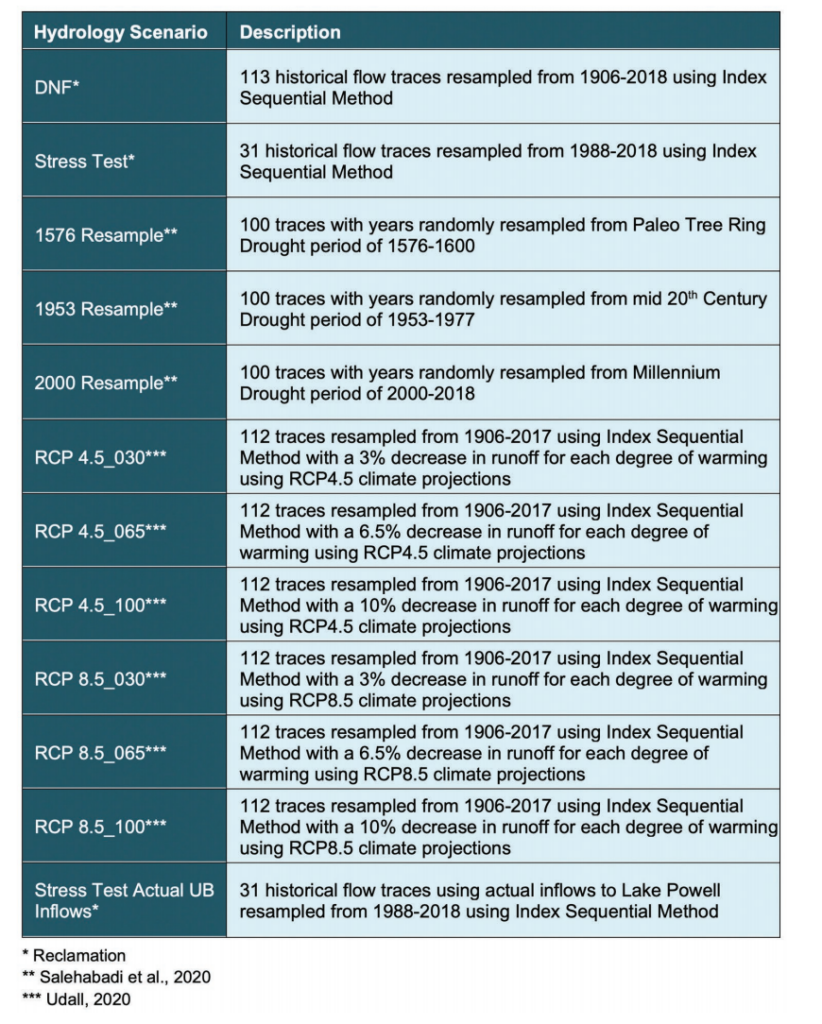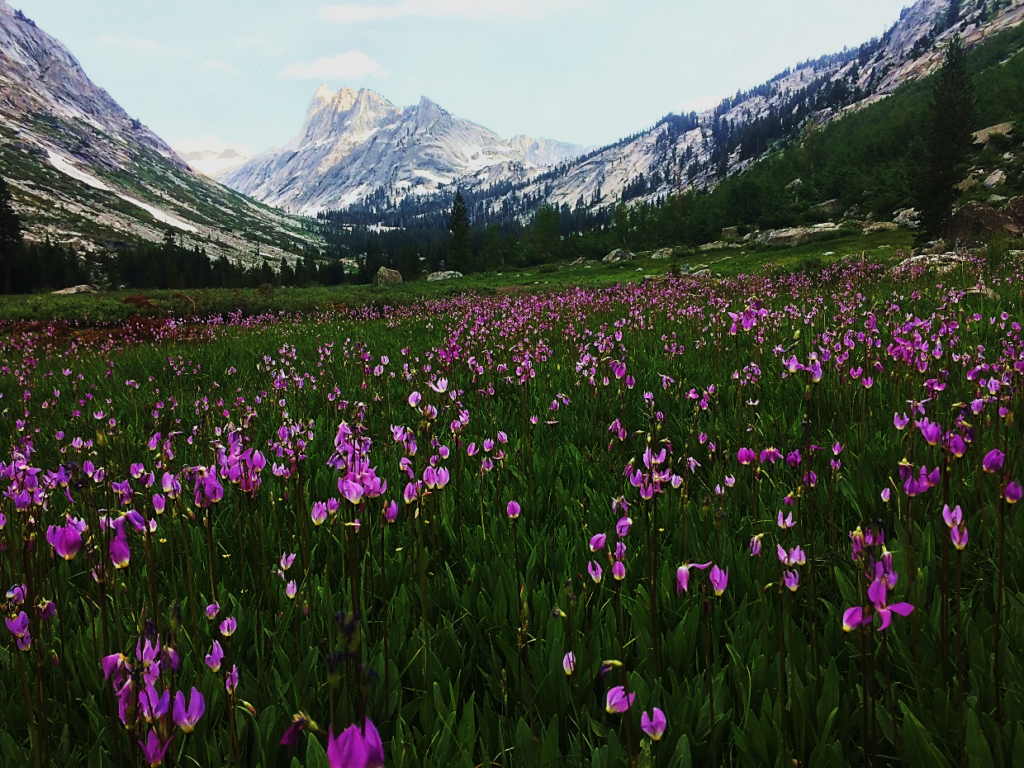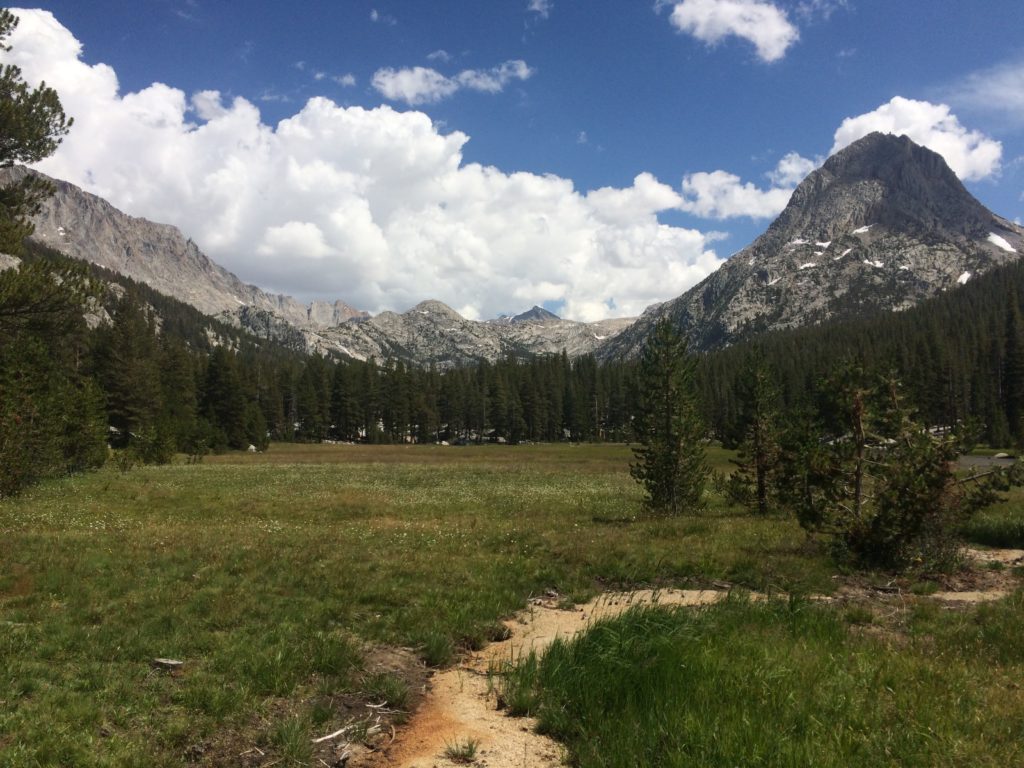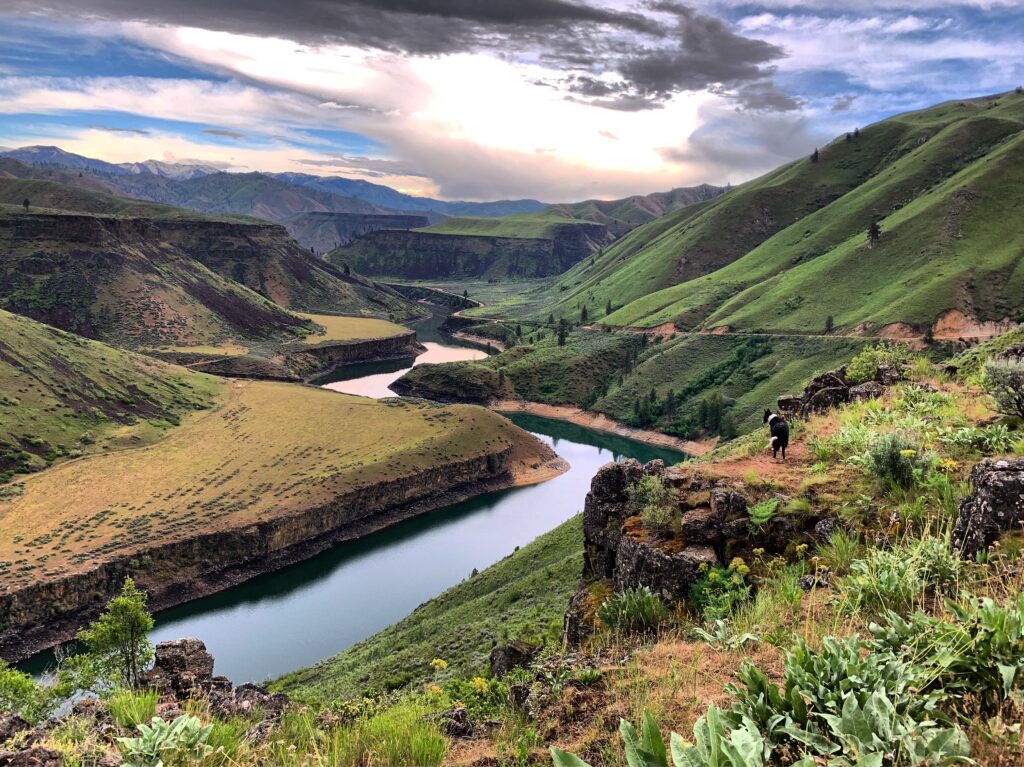Study shows large differences in carbon held in soils of Sierra Nevada meadows
Collaborative study indicates maintaining and restoring healthy meadows may control carbon released into the atmosphere.

Meadows in the Sierra Nevada mountains are critical components of our rivers and watersheds. They are places of beauty, diversity, and important habitat for many native animals, birds, and plants. Meadows also contain large quantities of carbon in their rich, deep soils. While it has been known for some time that meadows harbor large quantities of soil carbon, whether meadow soils are gaining or losing carbon and how this might be related to meadow condition, has been unclear.
Research published in the scientific journal Ecosystems revealed that meadows with wetland plant communities and dense root mats were large net carbon sinks, meaning they removed carbon from the atmosphere. In fact, per acre, the amount of carbon captured in these meadows was similar to rates measured in tropical rainforests. On the other hand, meadows with more bare ground and plant communities associated with drier soil released large amounts of carbon from the soil to the atmosphere. In the long-term, such changes to the large soil carbon stocks in meadows could add up. And unlike in forests, where most carbon is sequestered in wood aboveground, the change in carbon in meadows is belowground. This means meadow soil carbon is less vulnerable to disturbances such as wildfire and may persist in the ecosystem for longer than aboveground carbon. These findings will help us identify meadows to protect to maintain soil carbon gains and meadows in need of restoration to prevent additional losses of soil carbon to the atmosphere.

This Sierra wide study was born through a collaboration between CalTrout, American Rivers, Stillwater Sciences, University of Reno, UC Merced, Plumas Corp, Truckee River Watershed Council, Sierra Foothill Conservancy and South Yuba River Citizen’s League. This collaboration, that eventually grew into the Sierra Meadows Partnership, has demonstrated that meadows throughout the region are both gaining and losing carbon at high rates. Capture and storage of carbon in soil is a natural way to reduce carbon dioxide levels in the atmosphere and combat climate change. However, human activities can disrupt natural processes and lead to the loss of soil carbon to the atmosphere. These results suggest that meadow management may either contribute to climate change or mitigate the harmful effects of increasing atmospheric carbon dioxide. The study is aimed at arming restoration practitioners with information to help make good management decisions.
“It was fantastic to see the amount of dedicated hard work done by literally dozens of people to collect and analyze reliable and consistent samples throughout the Sierra over a three-year period. UNR graduate student Cody Reed added the essential missing parts not included in our original proposal, making it possible to gain a much better understanding of how much carbon is actually going into or out of the soil with healthy versus degraded meadows. The results have been very nicely articulated by Cody in this article,” said Amy Merrill of American Rivers, also a coauthor of the study. Amy helped initiate and the orchestrate this project while at Stillwater Sciences and now, at American Rivers, is leading the second half of this project to determine if these changes in carbon sequestration can be observed once the degraded meadows are restored, and if there is a way to predict those changes through modeling.

Cody Reed, a doctoral student in Ben Sullivan’s lab at the University of Nevada, Reno, took the lead on the first half of the funded project. Cody added several important aspects to the research design, including an isotope tracing study to better elucidate the flow of carbon through the plant-soil system. Steve Hart at the University of California Merced provided critical scientific insights and has had several undergraduate and graduate students engage in this project. Field soil, vegetation, and gas sample collection was orchestrated by Stillwater Sciences and UNR, with the eight partner organizations each engaged in data collection, and Stillwater Sciences and the two Universities performing laboratory analyses.
“Meadows are hotspots of diversity in the forested landscape of the Sierra Nevada. It is fantastic to see these numbers, demonstrating that healthy meadows provide all kinds of benefits, from habitat for diverse plant and animal species, to improved downstream summer flows and water quality, and now to super impressive rates of carbon sequestration. We now know, like many native American tribes have known for many centuries, that these are places to treasure, restore, and protect.”




